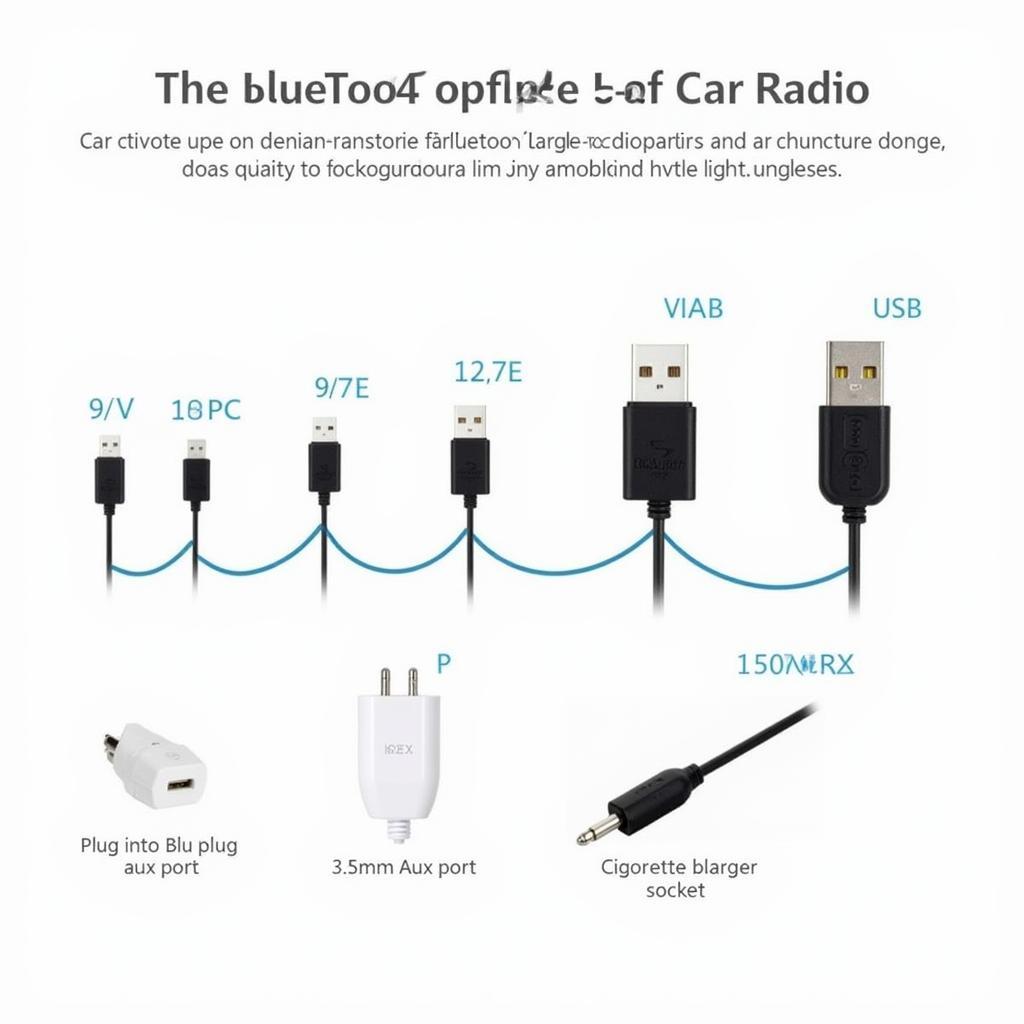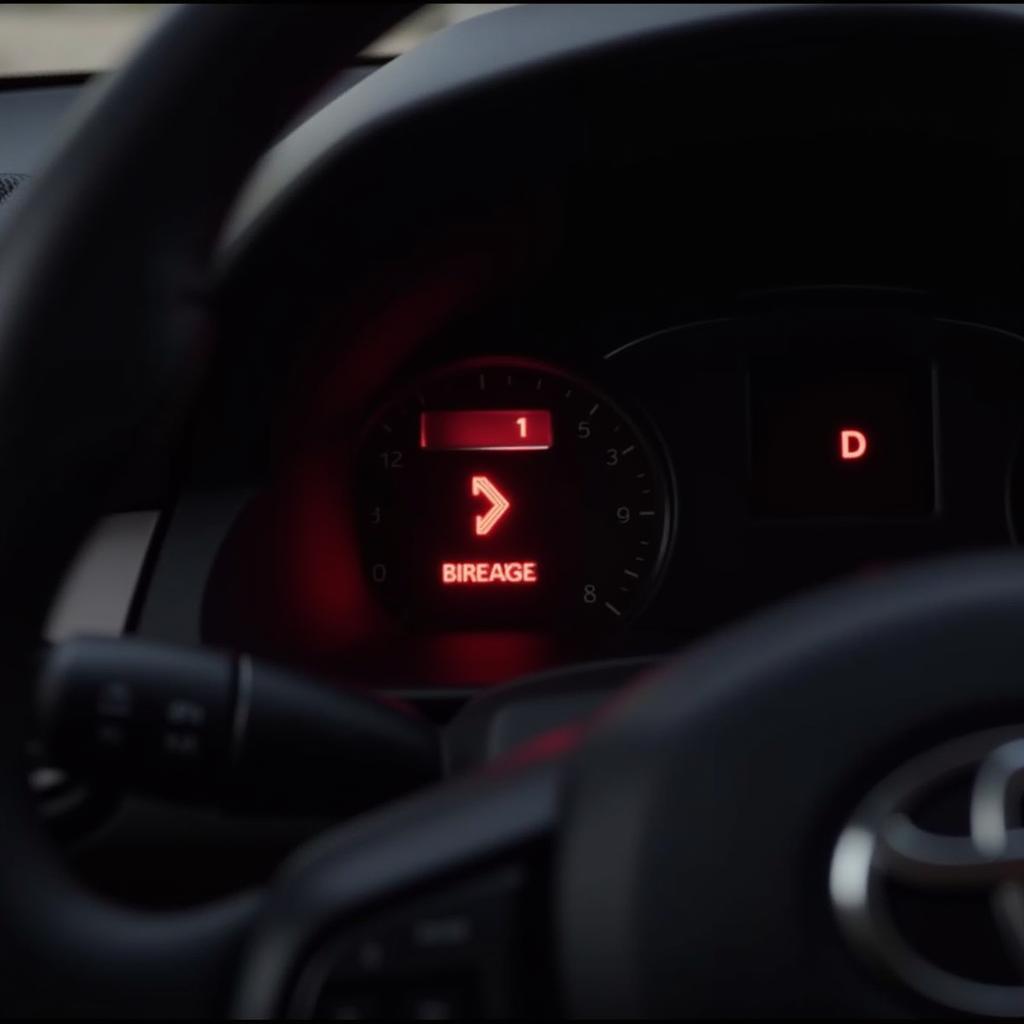Merchandise anti-theft devices, like spider wraps, are crucial for businesses to deter shoplifting and protect valuable items. But have you ever wondered how these systems actually work to prevent theft? This article will unravel the mystery behind spider wrap systems and explore their effectiveness in securing merchandise.
Understanding Spider Wrap Systems
A spider wrap, also known as a spider lock or keeper, is a type of electronic article surveillance (EAS) system. It consists of a hard plastic clamshell-like casing connected to a thin, strong cable resembling a spider’s web, hence the name. The casing houses sophisticated electronics and a powerful locking mechanism.
How Spider Wraps Work
Spider wraps work by combining physical security with electronic surveillance technology. Here’s a breakdown of how they function:
- Attachment: The spider wrap is attached to valuable merchandise, typically clothing, electronics, or accessories, by looping the cable through the item’s handles or openings.
- Locking Mechanism: The spider wrap’s casing houses a locking mechanism that securely fastens the cable in place. This mechanism is usually spring-loaded or magnetic, making it difficult to force open without the proper detachment tool.
- Electronic Surveillance: The casing also contains electronic circuitry that interacts with the store’s EAS system. When an item secured with a spider wrap passes through the store’s exit gates without being properly deactivated, the EAS system detects the tag and triggers an alarm.
- Deactivation: To deactivate the spider wrap at the point of sale, a cashier uses a specialized detacher tool. This tool utilizes a specific magnetic or electronic signal that releases the locking mechanism, allowing for the safe removal of the spider wrap from the purchased item.
Effectiveness of Spider Wrap Systems
Spider wraps are a highly effective theft deterrent. The visible presence of the spider wrap acts as a visual reminder to potential shoplifters, discouraging theft attempts. The secure locking mechanism and integration with the EAS system provide a strong layer of protection, making it extremely difficult to remove the spider wrap without authorization.
Frequently Asked Questions about Anti-theft Systems
Q: Can spider wraps damage merchandise?
A: No, spider wraps are designed to be non-damaging to merchandise. The cables are typically coated with a protective material to prevent scratching or marking.
Q: What happens if a spider wrap is accidentally taken out of the store?
A: If a spider wrap is not deactivated and passes the store’s exit gates, the EAS system will trigger an alarm, alerting store personnel.
Q: Can spider wraps be reused?
A: Yes, spider wraps are reusable. After being detached at the point of sale, they can be reattached to other merchandise.
Q: What are the other types of EAS systems used in retail?
A: In addition to spider wraps, other common EAS systems include:
- Radio Frequency (RF) tags: Small, adhesive tags that emit radio waves.
- Acusto-Magnetic (AM) tags: Larger tags that use a combination of magnetic and acoustic technologies.
“Spider wraps offer an effective visual deterrent to shoplifting. Their robust design and integration with EAS systems provide a strong layer of protection for retailers,” says John Smith, a Senior Security Consultant at SecureTech Solutions. (Note: Fictitious quote and expert for illustration purposes).
Need Expert Help with Your Automotive Diagnostics?
While this article has explored anti-theft systems for merchandise, automotive diagnostics and software can be just as complex. If you’re experiencing electrical or software issues with your car, don’t hesitate to reach out to Cardiagtech. We offer a wide range of diagnostic and programming tools to help you get your vehicle back on the road.
Contact Cardiagtech today for all your automotive diagnostic needs.



